© tetronik GmbH. All rights reserved.
© tetronik GmbH. All rights reserved.
Design IoT Workflows in Nursing More Securely
Route IoT data to the right people, easily and reliably
The Internet of Things (IoT) makes it possible to link "things" such as devices and sensors via the internet. The number of networked devices is growing steadily, and this process-optimizing technology is also increasingly being used in hospitals and care facilities. The aim in the healthcare sector is to clarify and automate processes, optimize costs and improve the quality of care.
The world of IoT promises nearly limitless possibilities. But especially when human lives are at stake, the technology used must not only be practical and smart, but most importantly it must be safe. The collected data from various devices must be brought to the decision-maker in a meaningful way so that responsible and timely action can be taken. After all, no matter how clever a step is taken in the networked world of "nodes", it will ultimately be in vain if an important message does not reach the person responsible soon enough. With the DAKS alarm server, the head start provided by IoT is carried over into communication.
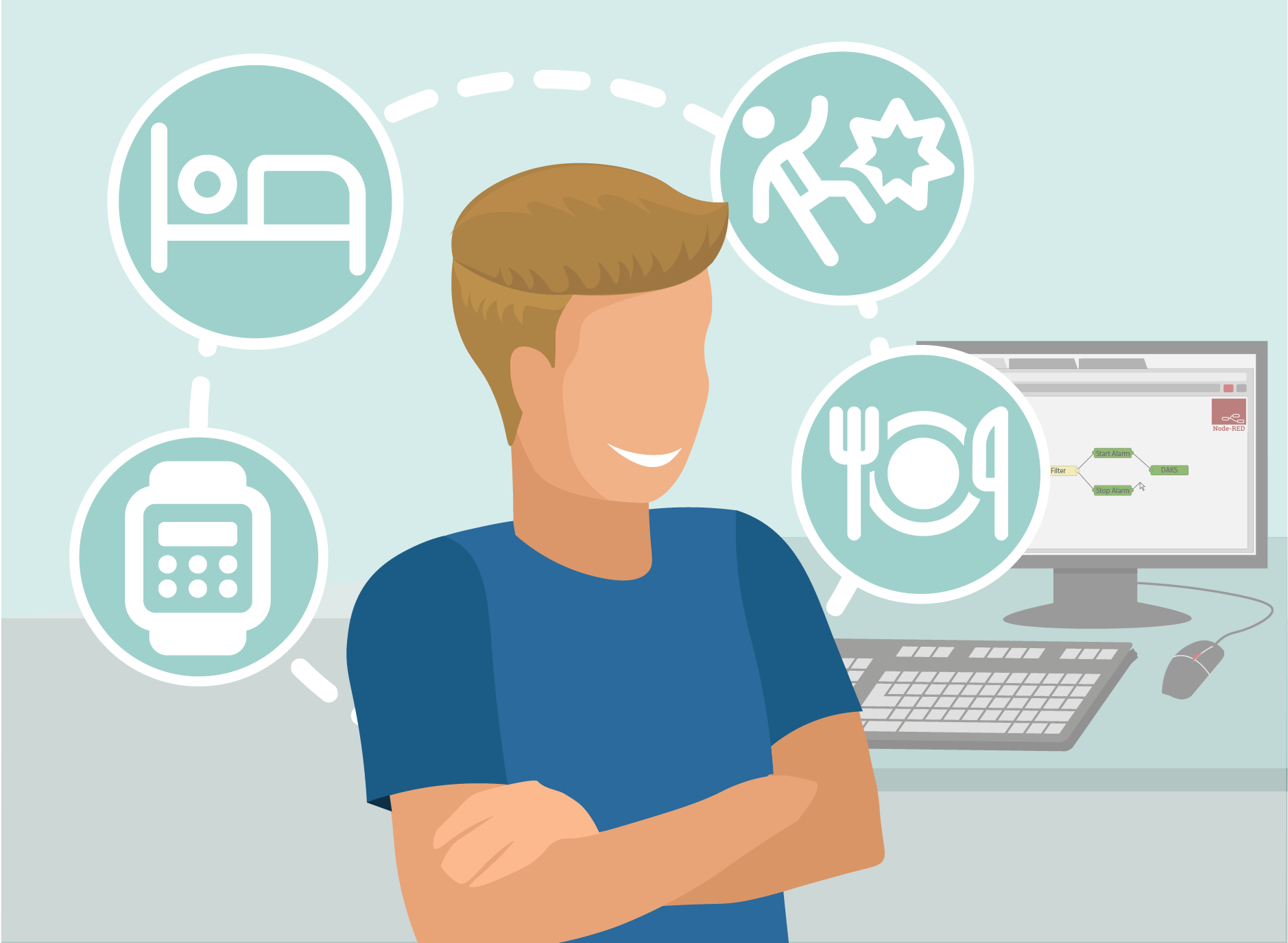
This is how you optimize your nursing-specific workflows with DAKS-IoT
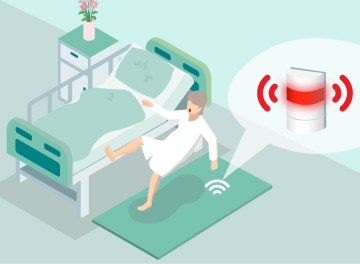
The nursing home "Morning Sun" is already working with IoT
In the nursing home "Morning Sun" many sensors have already been installed that sense, for example, when someone has fallen or a resident with dementia is about to run away. If a sensor mat registers that a resident has fallen out of bed, an alarm is automatically triggered via the coupled nurse call system and a signal light is illuminated in the corridor. Sometimes, however, the caregiver is already attending to someone else and doesn't notice the lit lamp until much later. The nursing home now wants to adapt its IoT workflow so that important alarms can be responded to more quickly.
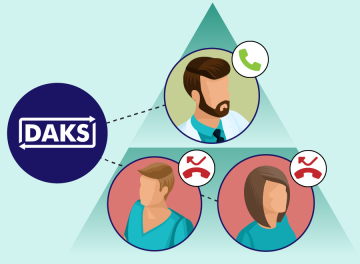
DAKS always ensures that someone is reached
The DAKS alarm server forwards the alarm triggered by the fall mat's sensors directly to the responsible caregivers by phone call. It calls the relevant persons in parallel until someone confirms to take care of the alarm by pressing a button. If this confirmation is not received, DAKS forwards the alarm to the care manager. Telephone calls already in progress can be interrupted for this purpose, and even if their phone is in "do not disturb" mode, the alarm call is put through.
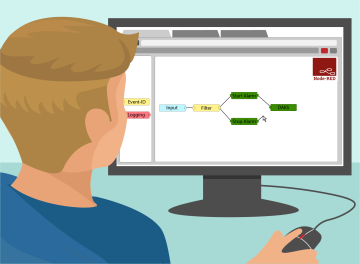
Marcel easily adapts the workflow via Node-RED
Marcel, the nursing home's ICT supervisor, implements this change in the workflow. Thanks to the DAKS-IoT extension, he can use the graphical IoT interface Node-RED for the implementation. To do this, he downloads the appropriate DAKS nodes from the Node-RED repository and now links them to the sensor nodes via drag & drop to create a continuous workflow.
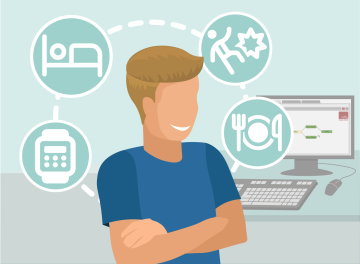
The nursing home continuously optimizes its processes with IoT
Marcel can use DAKS-IoT to adapt and improve further processes for the nursing home by also automating the communication component. With new developments, such as the acquisition of new "wearables", he can immediately connect actions from the new devices to the existing DAKS communication workflows without having to develop special interfaces first.
Advantages of designing workflows with DAKS-IoT
More security for patients and for those responsible
- DAKS ensures reliable accessibility: alarms and messages from sensors are reliably forwarded to a responsible person.
- Thanks to shorter response times and timely action in the event of alarms, residents or patients receive help more quickly.
- Your investments are protected: Once DAKS is connected, existing systems and workflows can be easily connected via Node-RED.
More convenience in the integration of new systems
- Nursing homes and hospitals can connect new IoT components directly to DAKS workflows via the flexible IoT platform Node-RED.
- IoT developers can connect existing sensors, devices and other electronics to DAKS via Node-RED, creating precise automated communication workflows.
Video of the solution
Discuss your individual
application project with us
Add this solution
to your shortlist
Related Application Examples
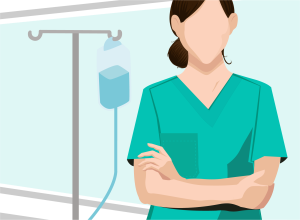
Alarm Management in Intensive Care Units
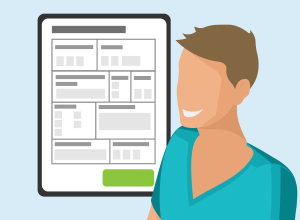
Automate Trauma Room Alerting
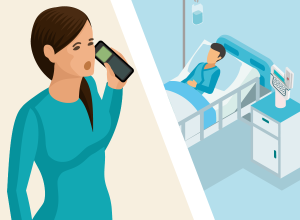
Unburdening Nurses: Distribution of Nurse Calls
- Home
- Applications
- Healthcare
- Design IoT Workflows in Nursing More Securely
© tetronik GmbH. All rights reserved.





